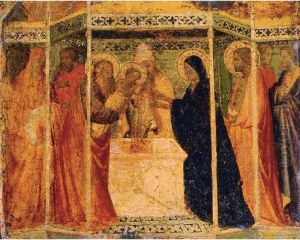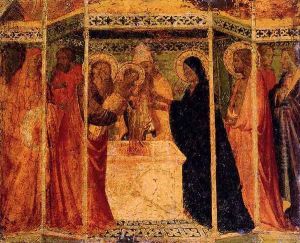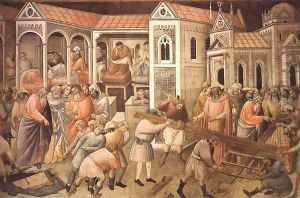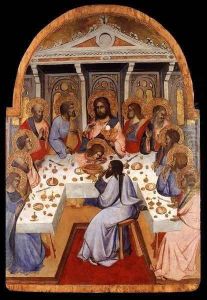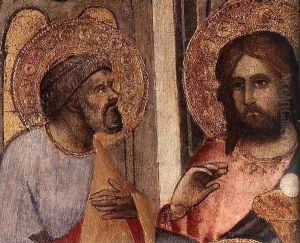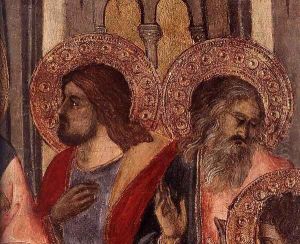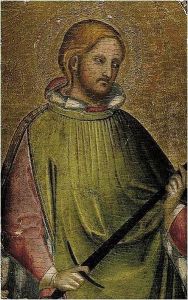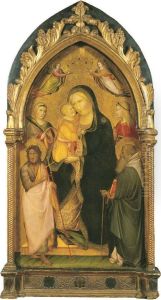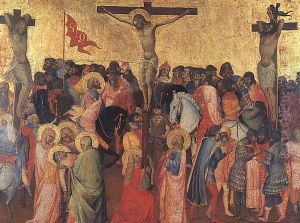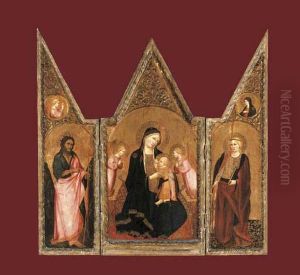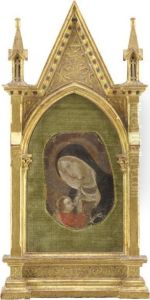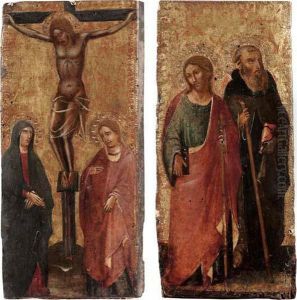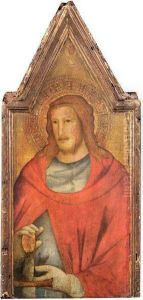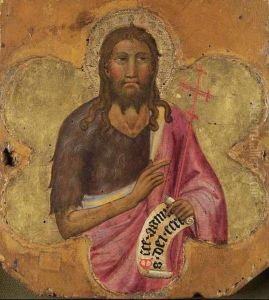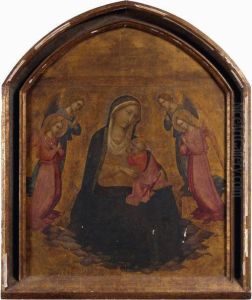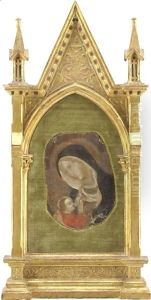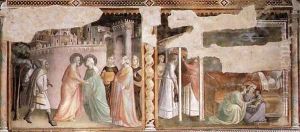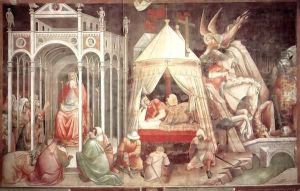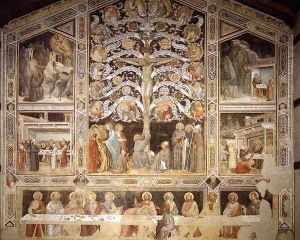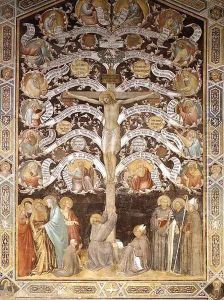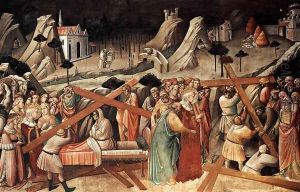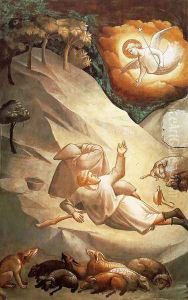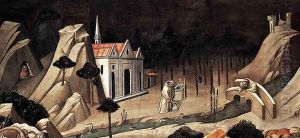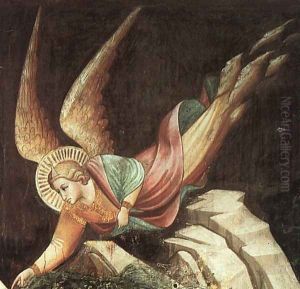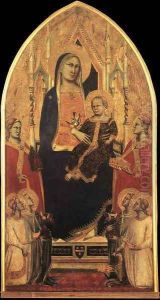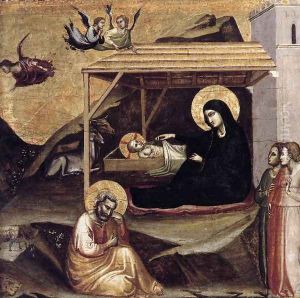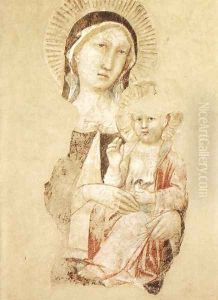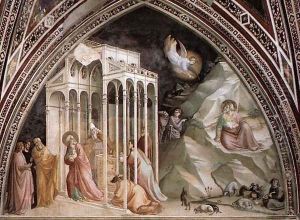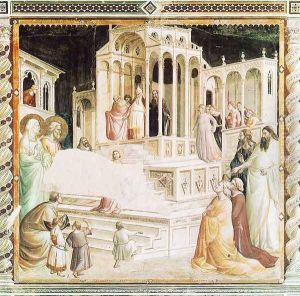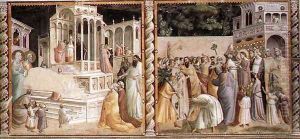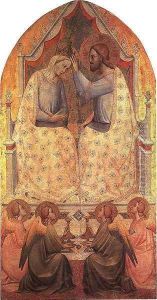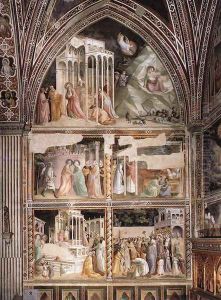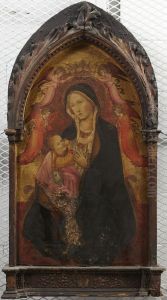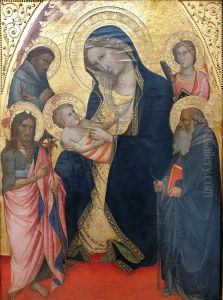Agnolo Gaddi Paintings
Agnolo Gaddi was an Italian painter who lived during the late Middle Ages. He was born around the year 1350 and was the son of the famous painter Taddeo Gaddi, who himself was a pupil of the renowned Florentine artist Giotto di Bondone. Agnolo's work is considered to be part of the early Italian Renaissance, although it still carried many Gothic elements typical of the period preceding the Renaissance.
Gaddi's training was under the guidance of his father, and he inherited the family workshop after his father's death. His style, while influenced by his father's techniques, also showed a development towards more spatial and volumetric forms, which were indicative of the slowly emerging Renaissance style. Agnolo Gaddi worked mainly in Florence and is known for his fresco cycles, altarpieces, and manuscript illuminations.
One of his most famous works is the fresco cycle in the choir of Santa Croce in Florence, which depicts the Legend of the True Cross, a story associated with the relic of the cross on which Jesus was crucified. This large work showcases Gaddi's narrative skill and his ability to organize complex compositions. Other notable works include the Coronation of the Virgin at the National Gallery in London and the frescoes in the Castellani Chapel in Santa Croce, Florence.
Despite being less famous than his father or his illustrious predecessor Giotto, Agnolo Gaddi played a significant role in the development of Florentine art. He was one of the last major painters in Florence who worked within the Gothic tradition before the full flowering of the Renaissance. Agnolo Gaddi passed away in 1396, leaving behind a body of work that would influence the generations of artists who would usher in the Renaissance era.
